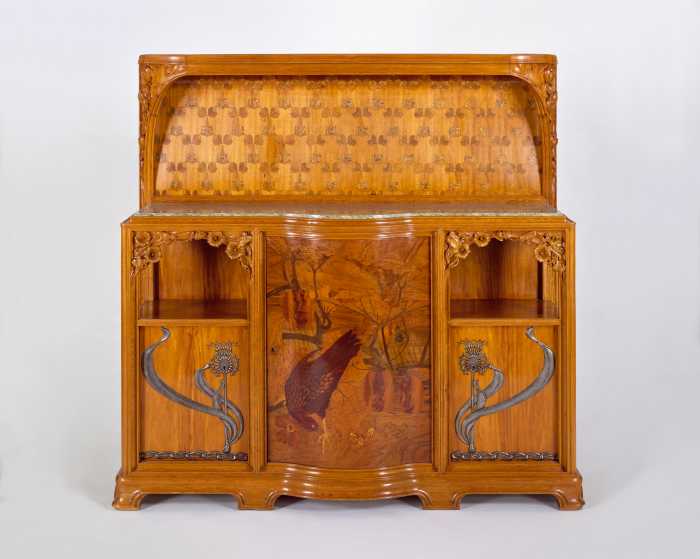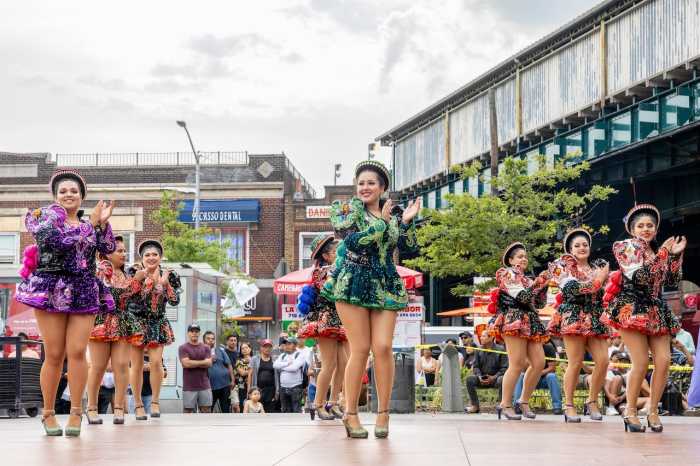
Suspect (NYPD)
Nov. 4, 2016 Staff Report
Police are looking for a man who swiped a woman’s bag that contained a camera, credit card and cell phone from a table inside the LIC Art Center building October 31st.
The woman left the bag on a table at the Aurelie Graillot Studio, located at 44-02 23rd Street, at around 11 am. The police have footage of the alleged perpetrator.
The police describe the alleged thief as a male black, 18 to 25 years old, with a black backpack. He was last seen wearing a white hooded sweater and a black baseball cap.
This is the second incident in recent months where an unattended bag has been stolen from the LIC Art Center. This building is home to the Secret Theatre, the Long Island City Academy of Music, LIC School of Ballet and other cultural organizations. On July 11, an elderly woman’s bag was stolen by a woman, between 20 and 30 years old, police said.
One Comment







I know that guy, it’s MrLic.